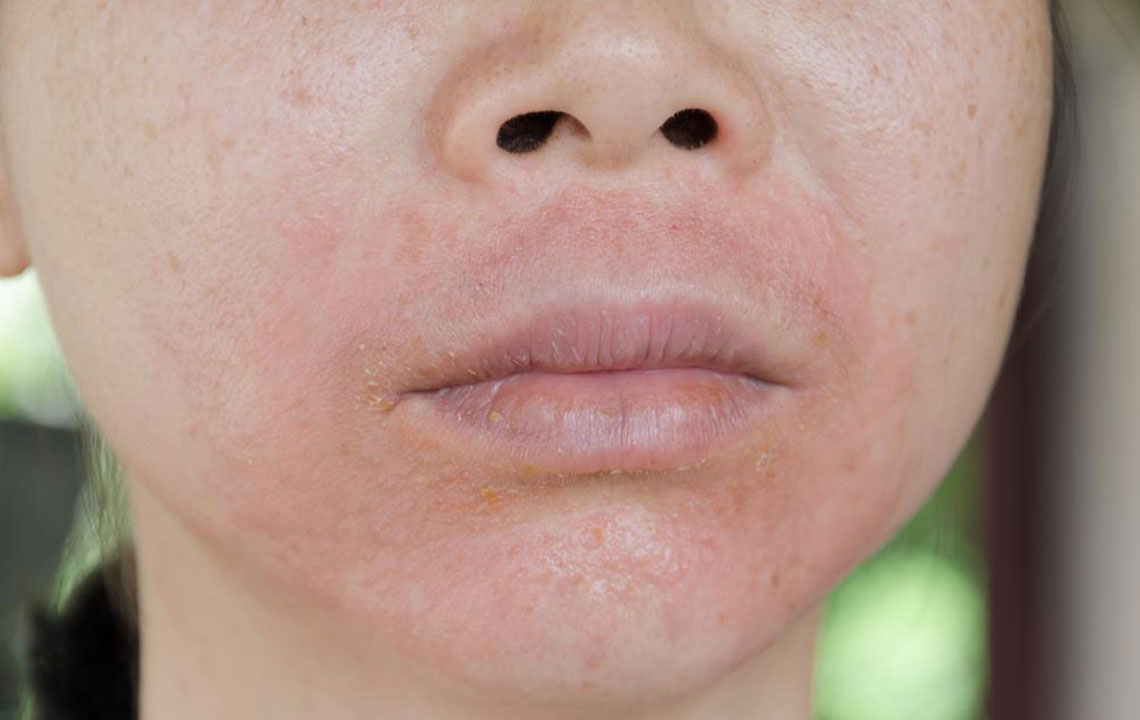Effective Treatments for Eczema

Eczema is a skin problem which causes blisters on the skin. It starts with red and itchy skin however the problem aggravates to flare-ups on the skin. Rashes, itching and bumpy skin are some of the symptoms of eczema.
If you find the symptoms of eczema, visit the dermatologist. Share the problem with your dermatologist who will conduct a physical test to find out the allergies and other probable causes. Depending on that information he will suggest you the best eczema treatments.
Some of the effective eczema treatments are:
Emollients: Emollients are the moisturizers that prevent the water loss and protect the skin. The mild anti-inflammatory properties of emollients reduce the flare-ups in the skin.
Different emollients are available to treat dry skin. You can use emollients instead of soap while others can be added to water when bathing. Wipe skin properly to apply the emollient after bathing.
Topical corticosteroids: The topical corticosteroids reduce the flare-ups and inflammation in few days. They come as mild, moderate and strong corticosteroids depending on the severity of the skin infection. Hydrocortisone, Clobetasone Butyrate and Mometasone are the best topical corticosteroids.
Topical corticosteroids must be applied after the emollient has been absorbed by the skin. The best time is to apply them during the night.
Antihistamines: The antihistamines obstruct the production of histamine in the body. Antihistamines are both sedating and non-sedating and work effectively to relieve itching skin. Get the doctor’s recommendation for the usage of anti-histamines.
Stay away from triggers: Your dermatologist will tell you about the probable triggers of eczema. Once you learn about them stay away from the triggers. For example: Avoid using soaps and shampoos that cause skin irritation. Certain fabrics may affect your skin. Always choose to wear cotton fabrics.
Bandages: At times your dermatologist may recommend you to apply wet wraps, medicated bandages on the affected skin. They help the skin to heal and prevent the drying out of the skin.
Apart from the above medical eczema treatments, you must take good care of your skin to prevent the occurrence of eczema. If you feel like itching, don’t scratch deeply. This causes bleeding and eve cause scars on the skin. Don’t rub with nails instead rub with your fingers. Wear loose and light clothing.
Natural treatments for eczema
Oil bath: Take a cup of vegetable oil and add it to a bucket of warm water.Take a bath with warm water. This moisturizes the skin and offers relaxation for itching. You can even add two teaspoons of olive oil in a milk glass and add it to the bathing water.
Oatmeal works effectively for treating the itchy skin. Take a handful of oatmeal and grind it well. Add it the bathing water. You will find relief from the chronic skin itching.
Apple cider vinegar: Add one part of vinegar to two parts of water. You can either bath using this liquid or apply it to the body with a paper towel by dipping it in the vinegar-water liquid. The anti-inflammatory properties of vinegar relieve skin inflammation.
Note: Avoid using vinegar if the skin is bleeding or has cracks as vinegar may increase the irritation.
Turmeric: Turmeric contains curcumin which is helpful for skin. It neutralizes the free radicals and lessens the wound healing time. Take a teaspoon of turmeric powder every day. You can even include it in your food when cooking.
Flaxseeds: Grind a handful of flaxseeds and consume them. You can even add it to salads and oatmeal. Flaxseeds counter the production of arachidonic acid which reduces the inflammation.
Aloe vera: Extract the Aloe Vera gel and apply it to the infected skin. The anti-inflammatory properties of aloe vera provide relief for inflammation and soothe the skin. You can even consume aloe Vera juice. Aloe Vera provides soothing for itchy skin.
Fish oil: The omega-3 fatty acids present in the fish oil are one of the best eczema treatments. You can consult the doctor and take fish oil supplements. Sardines, tuna, mackerel, and salmon have rich amounts of omega-3 fatty acids.
Olive oil: Olive oil contains omega-3 fatty acid which works effectively to lessen the inflammation. Take some olive oil and apply it to the area affected by eczema. You can even add olive oil when cooking food.
Baking soda: Add a half cup of baking soda to three parts of water. Dip a cotton cloth in the mixture and apply it to the itchy skin.
Tree tea oil: Tree tea oil is known for its effective results to cure dry skin and reduce itching. Take few drops of tree tea oil and rub it gently on the skin. This is an effective eczema treatment.
All the eczema treatments mentioned above, both medications and home remedies work effectively to cure eczema. If you notice the symptoms, be quick to seek the medications to avoid the worsening of the problem.


